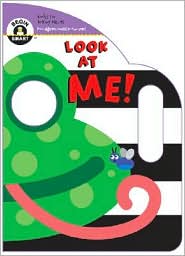
Early Literacy Aside--Explain: Making book sharing times enjoyable times helps to develop your child's print motivation, enjoyment of books and reading. Research shows that children who have had enjoyable experiences around books are more likely to stick with learning to read, when that time comes.
Early Literacy Aside--Example: One thing that helps to keep book time enjoyable is to have your child participate in reading the book. This can be done in several ways. For example, having your child turn the pages, letting your child choose the book to be read or a picture to talk about, or having your child chime in with animal sounds or a word or two. Our book today is called Look at Me. This book lends itself to playful interaction because it has a repeated phrase, "Look at me," AND it's a book-a-boo book, making it a game. Everyone, all together, let me hear you say look at me! Good, try it again. Look at me. Good! Now you'll say that as I read the book with you. Share book using peek-a-boo game, having children say the animals and make the animal's sound. [The lion is the first animal. If that is scary for some children, start with a different animal. Some children may be afraid if you cover your own face. Suggestion--Use a doll or stuffed animal and cover it's face to play peek-a-boo.]

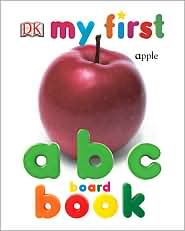
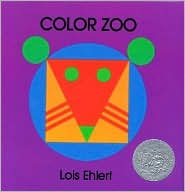
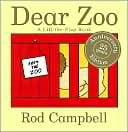

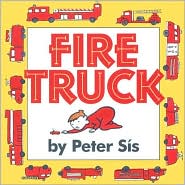

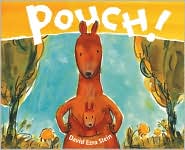

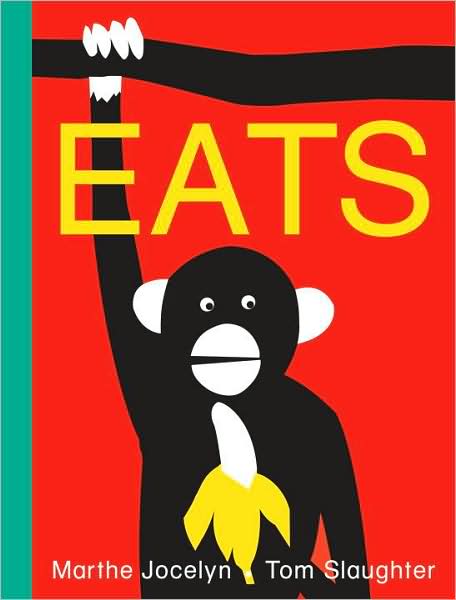
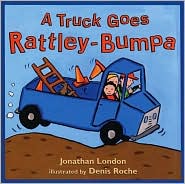

 Early Literacy Aside--Explain: Here's a rhyme that you can do anytime and it reinforces rhyming words which develops phonological awareness while having fun at the same time.Do Scarecrow, Scarecrow activity
Children stand up with arms bent at elbows like a scarecrow and head tilted. Actions to words.
Scarecrow, Scarecrow, turn around
Scarecrow, Scarecrow, jump up and down
Scarecrow, Scarecrow, raise your arms high
Scarecrow, Scarecrow, wink one eye
Scarecrow, Scarecrow, bend your knees
Scarecrow, Scarecrow, flap in the breeze
Scarecrow, Scarecrow, climb into bed
Scarecrow, Scarecrow, rest your head.
Early Literacy Aside--Explain: Here's a rhyme that you can do anytime and it reinforces rhyming words which develops phonological awareness while having fun at the same time.Do Scarecrow, Scarecrow activity
Children stand up with arms bent at elbows like a scarecrow and head tilted. Actions to words.
Scarecrow, Scarecrow, turn around
Scarecrow, Scarecrow, jump up and down
Scarecrow, Scarecrow, raise your arms high
Scarecrow, Scarecrow, wink one eye
Scarecrow, Scarecrow, bend your knees
Scarecrow, Scarecrow, flap in the breeze
Scarecrow, Scarecrow, climb into bed
Scarecrow, Scarecrow, rest your head.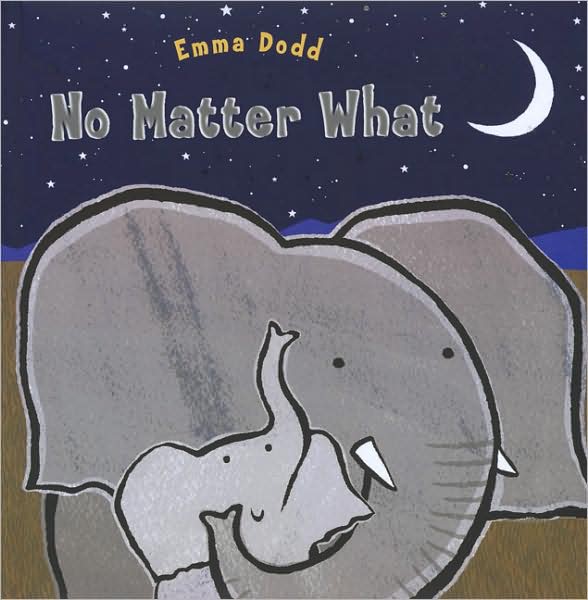 Earlly Literacy Aside--Explain: Welcome. Today we are going to have stories that have elephants in them. [Show elephant puppet] I am also going to highlight vocabulary as a fun way to help your child get ready to read. The more words they know, the easier it will be for them to understand what they read and also to make sense of words as they sound out words.Early Literacy Aside--Example: Very young children learn the names of things they see or see pictures of, like elephant, flowers, mouse. As they get older they understand words for feelings and concepts like sad, happy, good, bad, big elephant, little elephant. And older still, they understand words for ideas like brave, kind, mean. These are examples of ways you can develop your child's vocabulary daily in a fun way. You can use books to help develop all levels of vocabulary. Listen to some of the words as I read our next book.
Read No Matter What
Early Literacy Aside--Empower: The library has many books with opposites, feelings, and other concepts to help you have fun with vocabulary development with your child. Books from naming items to talking about ideas. Just ask us for some suggestions.
Earlly Literacy Aside--Explain: Welcome. Today we are going to have stories that have elephants in them. [Show elephant puppet] I am also going to highlight vocabulary as a fun way to help your child get ready to read. The more words they know, the easier it will be for them to understand what they read and also to make sense of words as they sound out words.Early Literacy Aside--Example: Very young children learn the names of things they see or see pictures of, like elephant, flowers, mouse. As they get older they understand words for feelings and concepts like sad, happy, good, bad, big elephant, little elephant. And older still, they understand words for ideas like brave, kind, mean. These are examples of ways you can develop your child's vocabulary daily in a fun way. You can use books to help develop all levels of vocabulary. Listen to some of the words as I read our next book.
Read No Matter What
Early Literacy Aside--Empower: The library has many books with opposites, feelings, and other concepts to help you have fun with vocabulary development with your child. Books from naming items to talking about ideas. Just ask us for some suggestions. Early Literacy Aside--Explain: Hello, parents. Today in storytime we are highlighting one of the early literacy skills, phonological awareness. This is the ability to hear and play with the smaller sounds in words including rhyming, beginning sounds and today we'll be doing animal sounds. Developing this skill will help children later sound out words as they learn to read.As you read Cock-a-Moo-Moo, note when the rooster crows that the font is large which means to use a LOUD voice. Point out the words for the corresponding sounds. Conclude the story by having the children say cock-a-doodle-do loudly to convey the rooster getting it right.
Early Literacy Aside--Example: Hearing and learning animal sounds helps children hear the smaller sounds in words too.
Early Literacy Aside--Empower: Hearing the rhythm of language and making the sounds of animals, both of these contribute to phonological awareness, hearing the smaller sounds in words, one of the skills that researchers have found helps with reading later on. Take opportunities during the course of the day to point out and to imitate sounds you hear, a car horn, the doorbell ringing, and so forth.
Early Literacy Aside--Explain: Hello, parents. Today in storytime we are highlighting one of the early literacy skills, phonological awareness. This is the ability to hear and play with the smaller sounds in words including rhyming, beginning sounds and today we'll be doing animal sounds. Developing this skill will help children later sound out words as they learn to read.As you read Cock-a-Moo-Moo, note when the rooster crows that the font is large which means to use a LOUD voice. Point out the words for the corresponding sounds. Conclude the story by having the children say cock-a-doodle-do loudly to convey the rooster getting it right.
Early Literacy Aside--Example: Hearing and learning animal sounds helps children hear the smaller sounds in words too.
Early Literacy Aside--Empower: Hearing the rhythm of language and making the sounds of animals, both of these contribute to phonological awareness, hearing the smaller sounds in words, one of the skills that researchers have found helps with reading later on. Take opportunities during the course of the day to point out and to imitate sounds you hear, a car horn, the doorbell ringing, and so forth. Read Dog's Day. As you point to the title also point out the letter D in Dog and Day.Early Literacy Aside--Example: Help your children find letters based on the subjects they like. D is the first letter in dog. If your child is interest in trucks, you can point out the letter t.
Early Literacy Aside--Empower: Remember that letters are everywhere! Have your child make letters with their fingers, whole body, or playdough.
Read Dog's Day. As you point to the title also point out the letter D in Dog and Day.Early Literacy Aside--Example: Help your children find letters based on the subjects they like. D is the first letter in dog. If your child is interest in trucks, you can point out the letter t.
Early Literacy Aside--Empower: Remember that letters are everywhere! Have your child make letters with their fingers, whole body, or playdough.